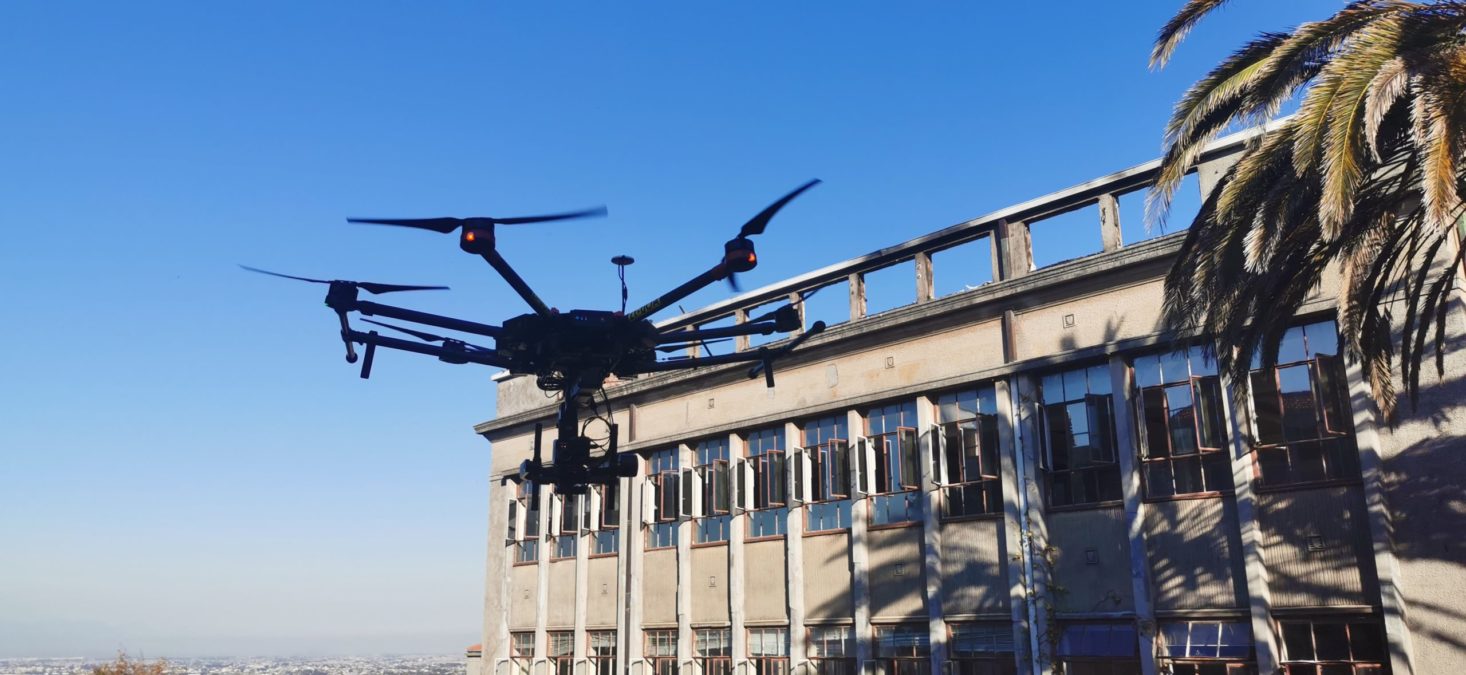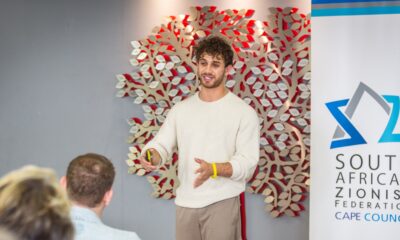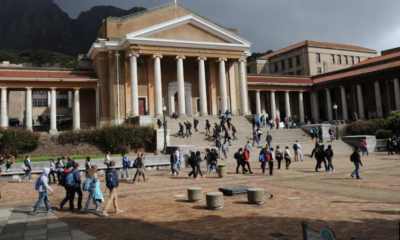
Featured Item

Picking up the pieces after UCT fire
The world watched in horror on Sunday, 21 April, as a raging wildfire bore down on the University of Cape Town (UCT), hitting at its heart when the JW Jagger Library went up in flames. Now, members of the community are pitching in from all sides to save priceless archival material from fire and water damage.
For principal archivist Michal Singer, it has been a harrowing week. She’s barely had a moment to breathe as efforts to rescue material got underway. She has grieved along with staff members who worked in the library for decades.
“On Wednesday night, staff gathered for a memorial ceremony. For many, it’s like losing a child. It was a moment for everyone to acknowledge the loss. It was one of the saddest days of my professional life.” At the same time, Singer says the university has assured them that all staff members are supported mentally and emotionally, and given time to pause, rest, and take stock of the situation.
“It was a cruel twist of fate that of all the buildings at UCT, it was this building that caught fire. There was so much material to burn, and there was nothing they could do. The fire was so hot that when water was sprayed, it just evaporated. Now, the flooding of basements filled with archival material is the biggest concern. They were filled waist-deep with water. It took two days to pump out the water. We are now trying to evacuate both basements.”
Evacuation and rescue efforts require hundreds of volunteers, and Singer says that the public has responded to the call in their numbers. “We have seen former UCT staff members assist our conservation and disaster-management team. We have had students come to help, even though they were evacuated from their residences for a week. And the public has come forward. It’s backbreaking work, like being in the mines. They have been lifting and carrying kilograms of materials, forming human chains to get it out as quickly as possible, and working in shifts.
“It’s a mouldy environment, so we’ve had to rotate teams to maintain health and safety. Then there are COVID-19 safety standards.” They have also had to negotiate with the dismantling team about when volunteers can go in. Most material is taken to a “triage tent” where professionals attempt to restore it.
And then there are the thousands of milk crates that retailer Pick n Pay donated “at a moment’s notice”. Material needed to be evacuated quickly and stored in crates where air could pass through to prevent mould.
“Adam Mendelsohn, the director of UCT’s Kaplan Centre for Jewish Studies, reached out to us, desperate for help in procuring crates,” says outgoing Cape South African Jewish Board of Deputies director Stuart Diamond. “We first contacted Melanie Levy from The Angel Network, and she helped us get 250 crates. But it became abundantly clear that UCT needed thousands. So I sent [Pick n Pay Transformation Director and Head of Ackerman Pick n Pay Foundation] Suzanne Ackerman-Berman a voice note, and she kicked things off,” says Diamond. Soon, thousands of Pick n Pay milk crates started streaming in from all over the country.
“For some, it may look like an old milk crate, but for us it was the difference between saving and not saving the archive,” says Singer. “Suzanne completely understood the gravity of it.” Singer also lauds Mendelsohn for allowing the Kaplan Centre to be a place of refuge for the material.
Says Ackerman-Berman, “I was traumatised when I saw UCT going up in flames, and didn’t want to believe that this could happen to this magnificent institution. And that library – I spent many hours there. I was UCT RAG [Remember And Give, which raises money for SHAWCO (Students Health and Welfare Centre Organisation)] chairperson in 1984, and spent a lot of time on those Jameson steps [now the steps of Sarah Baartman Hall].
“When I heard that the basement had been flooded, I remembered going into that basement myself,” she says. “And my mother told me when she was a student at UCT, she spent many hours reading first editions of Punch magazine there. I heard they needed plastic crates – not boxes – because the plastic mesh would allow the air to circulate and dry the documents. We were able to immediately find 2 000 crates, the next day 4 000 crates, and today [Monday, 26 April], we have supplied a further 6 000 crates. I think UCT has been surprised at how many crates it needs.
“When I visited the campus on Friday, I was hit on the chest, literally, with a small piece of paper. And when I looked at it, it was a burnt snippet of a book. And I just burst into tears as I realised the trauma of a library going up in flames,” says Ackerman-Berman. “At the Kaplan Centre, I saw first-hand the scale of the documents being restored.” She came across news clippings of students assisting women in the townships – something she remembers doing in her SHAWCO days.
“I picked up another file, and I saw items on NUSAS [the National Union of South African Students]. My father, [Pick n Pay founder, Raymond Ackerman], was president of NUSAS in the 1940s and 1950s. My family connection with UCT is pretty long. My brother, Gareth, was a RAG chairperson, I was a RAG chairperson – we were all involved in student politics. My parents were involved in UCT night schools. So, to see these documents damaged, it threw me. This is the history of what turned our country around, and how UCT fought against apartheid. We have to save the heritage of our nation.”
Meanwhile, others have stepped in to assist in the restoration of historic buildings that were burnt. “We got the call last week to get on site as quickly as possible to assist in assessing the damages and digitising the affected buildings,” says Darryl Epstein, engineer and managing director at Delta Scan.
The company specialises in the digitisation and inspection of infrastructure using high-tech solutions such as drones and artificial intelligence. “We often get involved in complex assessments where conventional methods aren’t suitable, speed is a priority, or access may not be safe. Working with local legal drone teams, we received special permission to fly drones over a classified emergency zone, while other aircraft were operating nearby to control the blaze,” says Epstein.
“We have been operating throughout the week to get the students back on campus and to preserve as much information on these historical sites as possible. We are now building exact digital replicas of the affected structures for analysis and restoration. We transform the buildings into 3D digital replicas, which are put into virtual reality and analysed by our team of engineers and digital experts.
“It was a moving experience to work alongside the emergency response teams,” says Epstein. “We were allowed into areas not yet cleared for public or media access. It’s been emotional to see first-hand the destruction and loss of historical sites.”










